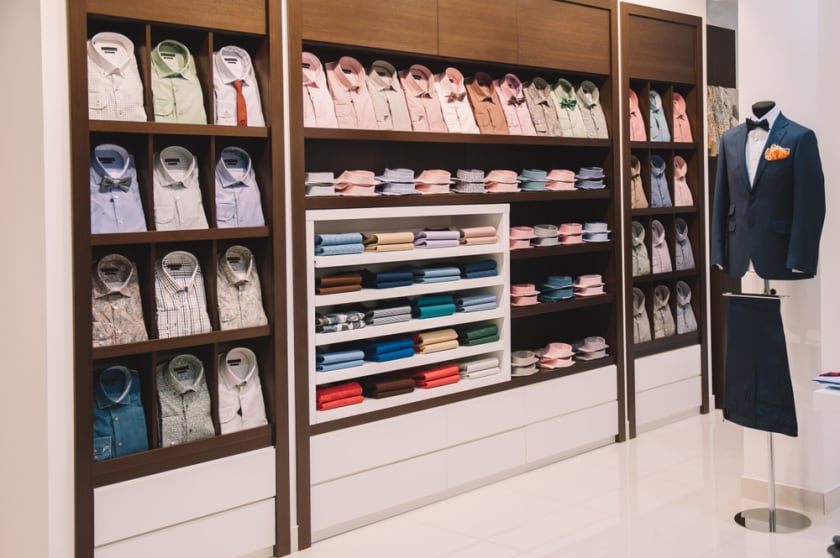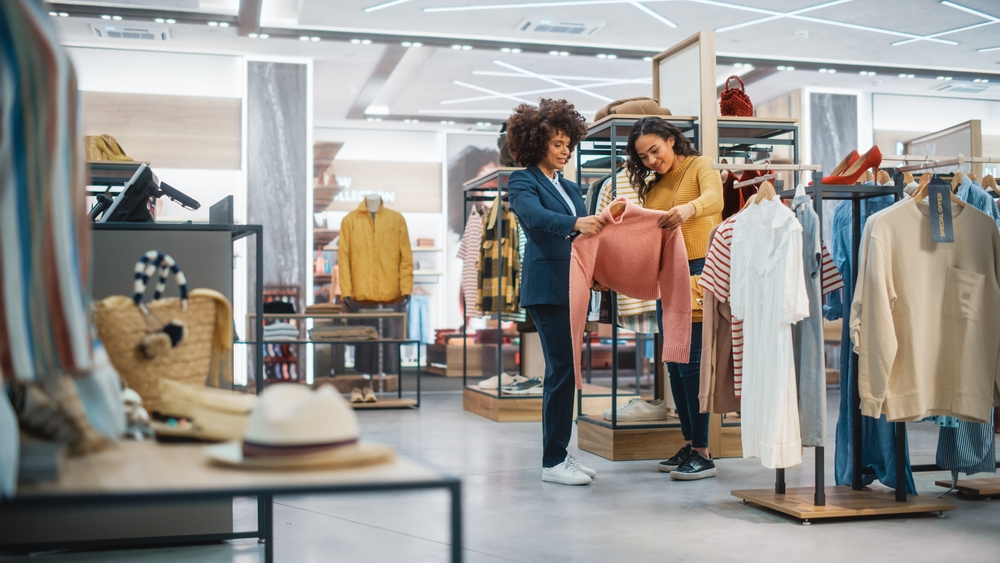5 Biggest Product Layout Blunders (And How To Avoid Them)



Introduction
Layout blunders are a part of the retail industry. When designing and developing a product, a correct product layout takes you a long way. It positively impacts the future of your business in the long run. A moderately designed product with lots of layout blunders might result in unsatisfied customers. That being said, layout blunders are a part of the learning process, especially in the retail industry, where there are more than a hundred things to handle every moment. If you're making any mistakes in the layout, it is best to go with the flow while finding solutions before anyone notices. Make sure you read this guide till the end to know how to avoid these layout blunders. Let's dive right into the list!
- Not grouping all products by segment, category, and sub-category.
With millions of retail businesses operating in the world, making your store stand out is a tedious process. Placing the products in proper hierarchies while following the right segment is of utmost importance. It is one of the key aspects that determines any business's growth and downfall. Grouping products adequately allows customers to explore all sections with eyes open without getting bored. Moreover, it is easier to find if they are looking for a particular product.
For example, if you store women's shoes in the women's clothing section, it might be difficult for the customers to make a purchase. This creates an illogical flow and turns off customers' interest in making a purchase. Now, it becomes easier to find if it is grouped properly through categories and sub-categories, such as women's clothing, jeans, shoes, dresses, and so on.
- Not merchandising the products in the right sequence.
The way all products are kept strategically in the store allows the customer to move around. It also helps them to get exposed to your merchandise. This results in increased basket sizes, satisfied customers, and impulse purchases. Hence we say investing resources in merchandising is a smart step! Every time a customer enters a shop, the chances are high that they are looking for something exciting and new, which can grab their attention. Creating a well-maintained display with a proper balance of colors, themes, and items can break the ice.
Selecting a merchandising strategy is an extremely important aspect of using merchandising correctly. Once you have the category role, a combination of strategies needs to be used at all levels of the hierarchy. Thus, the customer's decision tree should be considered as it shows how the potential customer shops and decides what products to buy.
- Not placing the in-housing brands against the market leaders.
The proper placement is important if you want your customers to recognize your house brand from a distance. The best strategy to do so is by placing it next to the known brand or the market leader. It grabs customers' attention and triggers them to make a purchase. There are several other reasons why the in-house brand should be positioned right next to the market leaders. Initially, they are priced decently to match business expectations. The fact that there is a substitute that offers the nearly same quality at budget-friendly prices is always a better deal that the customer will notice.
- Not following the proper space for sales.
In the retail store, the self-space brings in the demand. When entering a retail shop, ask a supplier how they find the space on the shelf. The last thing they would want to do as the owner is waste it or give it away. The best way to minimize this situation is by following the space-to-sales concept. This helps to locate every product rightly without wasting any space on the shelf. By not following this, you can find misallocating space, which leads to less customer satisfaction.
- Not placing the best products at an eye-level
When a customer enters a retail shop, they are interested in buying goods that they can see. Try positioning a well-known product at eye level to attract sales. No matter how good the product is, if the customer entering the store does not see it or find it interesting, they will not buy it.
How do we avoid these layout blunders?

Layout blunders can be avoided when running a business. Product placement is an integral part of a retail store. It can result in a better customer experience and increase overall sales if done effectively. If you want to fix issues related to layout blunders, it all comes down to using a data-driven planogram. This is the only way to remove any guesswork regarding the overall layout of the shelf. If you have the right data in hand, you can easily differentiate between brands and place them accordingly. More than anything else, it becomes easier for customers to buy the product, which offers them a great user experience.
Conclusion
Our current competitive retail environment makes investing in purchases truly worthwhile, which boosts sales. It may be challenging to make your retail store stand out in a city when there are thousands of them. However, grabbing clients' attention is simple if one has the right method to reduce and avoid layout errors.
Without brainstorming, all you require is a sound approach to make your product stand out. Today, in this article about the five biggest product layout blunders, we discussed what those mistakes are and what are the ways to avoid such conditions. You can reach new heights in your company by implementing these procedures.
To know more about product layout blunders or the biggest product layout blunders in the retail industry, Visit Fashinza!




















